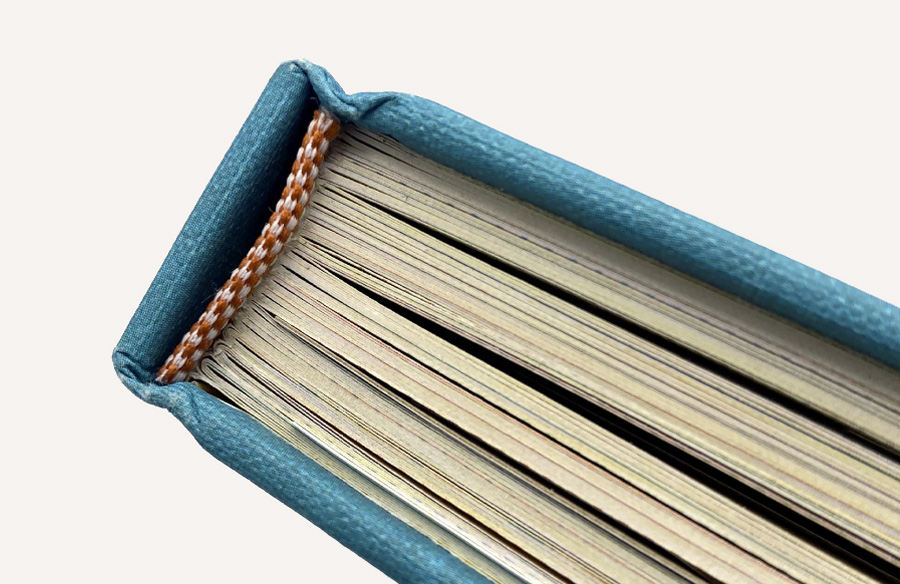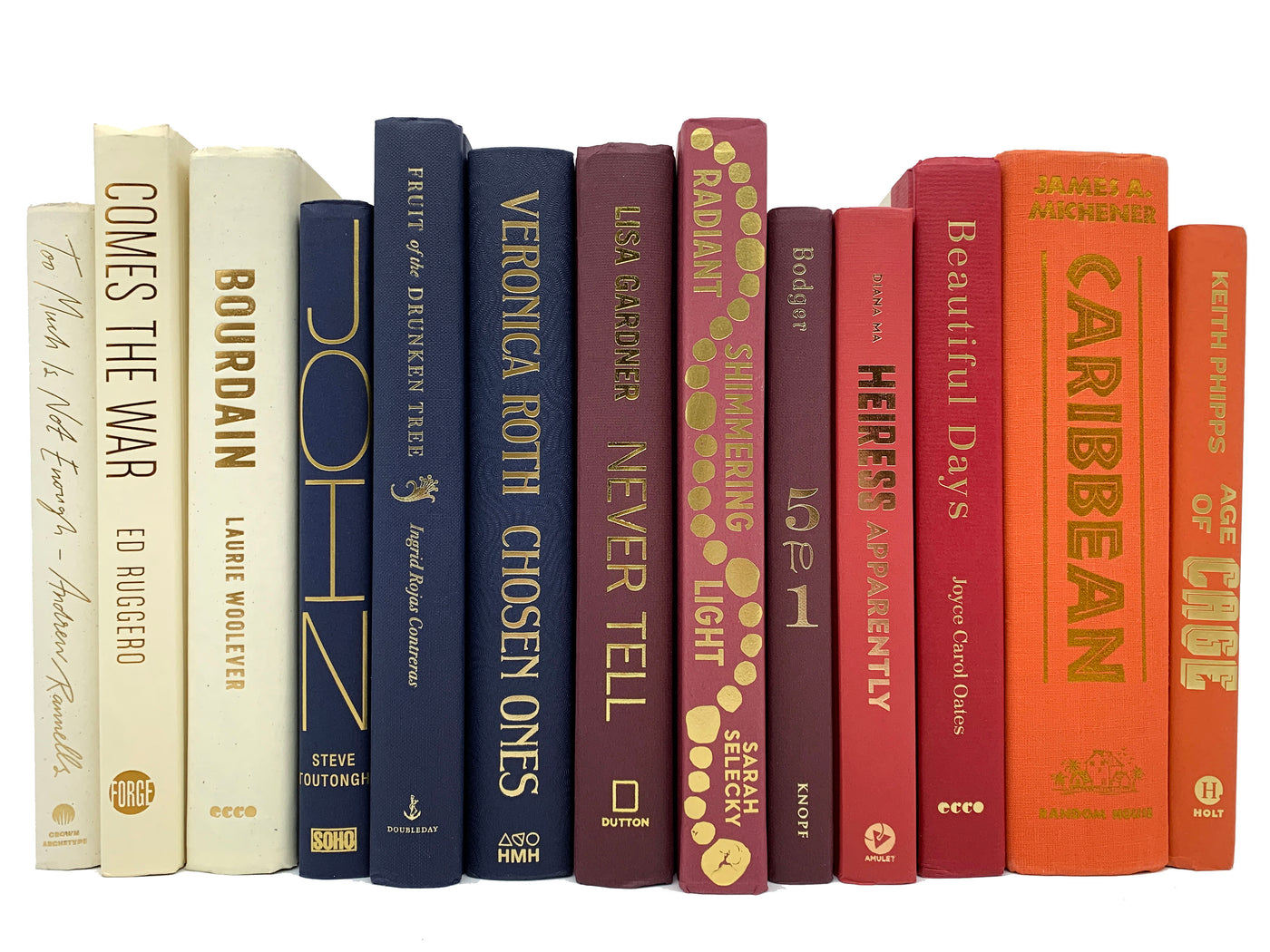A Curated Guide to Award-Winning Hardcover Books
Wiki Article
A Comprehensive Overview to the Refine of Hardbound Books Printing
When you start the trip of hardbound publication printing, understanding the whole procedure is necessary. From preparing your manuscript to choosing the appropriate materials, each step plays an important role in the end product. You'll need to consider design components and printing techniques that suit your vision. As you browse through binding and quality assurance, you'll find that every decision influences the publication's overall allure. So, what follows in this complex process?Understanding the Hardbound Publication Framework
When you explore the globe of hardbound books, you'll rapidly see that their structure is willful and unique. The external covering, frequently made from sturdy cardboard, gives durability and protection. You'll find a textile or leather covering, which not just improves appearances however likewise contributes to guide's longevity. Inside, the endpapers connect the cover to the message block, ensuring a seamless interchange.The message block itself contains numerous trademarks, or folded up sheets, sewn together for toughness. You'll see that the spine is reinforced, enabling for a smooth lay-flat reading experience - hardcover books. Additionally, the book's weight frequently shares a sense of high quality and durability
Hardbound publications commonly include a dust jacket, which acts as an advertising device while safeguarding the cover. Recognizing these components aids you value the workmanship behind hardbound books and their special appeal in the literary world.
Manuscript Prep Work and Modifying
Getting your manuscript ready for printing is crucial, and it starts with correct format guidelines. You'll need to comprehend the editing and enhancing process to improve your job and ensure it resonates with viewers. And also, understanding proofreading techniques can aid you capture those annoying mistakes before your book mosts likely to print.
Manuscript Formatting Standards
Appropriate manuscript format is necessary for producing a professional-looking hardbound publication. Begin by selecting a standard typeface like Times New Roman or Arial in 12-point size. Usage double-spacing throughout the record to improve readability. Establish your margins to 1 inch on all sides, giving your message space to take a breath. Number your web pages in the top right corner, and include your phase titles at the start of each new section. Usage clear headings to suggest sections, and prevent too much format like vibrant or italics unless required. See to it to proofread your manuscript for uniformity in design, ensuring that whatever from spelling to spacing sticks to your picked guidelines. Following these actions will set a solid foundation for your publication.Modifying Refine Fundamentals
Modifying your manuscript is a necessary action that can transform it from a rough draft into a refined end product. Start by checking out your work seriously, concentrating on clarity, structure, and flow. Try to find incongruities in your narrative, personality growth, or argumentation. It's valuable to take breaks between rounds of modifying to acquire fresh perspectives. Do not think twice to cut unnecessary material or rephrase unpleasant sentences; this will enhance readability. Consider looking for comments from relied on peers or professional editors that can offer beneficial insights. Keep in mind, editing and enhancing isn't nearly repairing errors; it's regarding refining your voice and guaranteeing your message reverberates with readers. Accept the procedure, and you'll see your manuscript sparkle.Proofreading Strategies Review
When you've polished your manuscript through editing and enhancing, the following action is to guarantee it's totally free of mistakes that can distract visitors. Review your manuscript out loud-- this helps you listen to unpleasant wording and spot typos. Take into consideration publishing your manuscript; analysis on paper can expose errors that displays miss.Designing guide Cover and Inside
When you're developing your book cover and inside, you'll desire to concentrate on vital layout elements that record your target market's attention. Picking the appropriate typography styles and meticulously picking colors and images can make all the distinction in communicating your book's theme. Let's explore exactly how these selections can raise your job and draw in viewers.Important Layout Components
Creating an attractive book cover and a properly designed inside is necessary for drawing in visitors and enhancing their experience. Pick colors and photos that mirror your book's theme and state of mind.For the interior, concentrate on layout and white area. A tidy, orderly style assists viewers browse easily. Think about making use of chapter headings and subheadings to lead them through the content. Aesthetic components, like pictures or graphics, can also enhance involvement yet should match the text, not overwhelm it. Keep in mind, a natural design throughout your book promotes an expert appearance that can substantially affect a visitor's decision to pick it up.
Selecting Typography Designs
Typography plays a crucial function in both guide cover and interior decoration, forming how viewers regard your content. When selecting typography styles, consider your book's genre and target audience. A classic serif font might function well for literary fiction, while a modern sans-serif may match a contemporary book. Warranty readability; your message must be easy on the eyes, especially for longer passages. Focus on font dimension and line spacing, as these components influence overall flow. Mixing typefaces can include interest, yet limit it to 2 or 3 to preserve coherence. Finally, consider power structure-- use various styles for headings and body text to guide viewers easily with your job. Your typography selections will considerably impact the viewers's experience.Shade and Images Option
Selecting the ideal shades and images is vital for capturing visitors' attention and conveying your publication's motifs. Start by considering your category; dynamic shades might benefit a youngsters's publication, while muted tones suit an enigma novel. hardcover books. Use imagery that resonates with your material-- images, pictures, or abstract our website layouts can enhance your messageWhen developing the cover, make certain the images doesn't overwhelm the title and writer's name; clearness is essential. This cohesive strategy not just raises your book's aesthetic however additionally enriches the visitor's experience, making it a lot more unforgettable.
Choosing the Right Paper and Products
When selecting paper and products for your hardcover book, it's important to contemplate just how they'll affect the overall feel and look of your job. Beginning by picking the appropriate paper weight; heavier stock typically conveys top quality and sturdiness, while lighter paper can produce an extra fragile touch. Think about the surface as well; shiny paper boosts pictures and colors, while matte can give an innovative, underrated look.Do not ignore the cover products. Cloth, leather, or printed paper can establish the tone for your publication. Choose for acid-free paper to avoid yellowing over time if your project consists of images. In addition, consider the binding products; using top quality sticky guarantees your book lasts.
Inevitably, the selections you make right here reflect your vision, so put in the time to example different materials (hardcover books). Your selections will certainly aid create a publication that's not just visually enticing but useful and also sturdy
The Printing Process: Strategies and Technologies
A variety of printing methods and technologies can bring your hardbound book to life, each offering special advantages. Digital printing is a popular selection for short runs, enabling for quick turnaround and cost-efficient services.Understanding these methods helps you make notified choices, ensuring your hardbound publication not just looks great but likewise meets your manufacturing needs properly. Choose the appropriate method to elevate your publication's appeal and influence.
Binding Approaches for Hardbound Books
Several binding techniques can transform your hardcover book into a attractive and long lasting item. One popular choice is the instance binding technique, where the web pages are stitched and after that attached to a rigid cover. This supplies outstanding toughness and see this here an expert look. An additional approach is the ideal binding, which uses glue to hold the web pages with each other, permitting a sleek spinal column however less longevity contrasted to instance binding.You could additionally think about spiral binding, which permits your publication to lay flat, making it ideal for handbooks or workbooks. Each binding technique has its advantages and fits various requirements, so assume about your book's function and audience when picking the finest choice for your job.
Quality Assurance and Final Touches
After picking the right binding technique for your hardcover publication, quality control comes to be necessary to confirm your end product satisfies your expectations. Start by checking the published pages for any errors or incongruities in shade and layout. You do not intend to miss out on any kind of typos or misprints that could affect your visitors' experience.Next, check the binding stability. Validate the pages are safely affixed and that the spinal column is tough. A well-bound book not just looks expert however also really feels durable in your hands.
Furthermore, take notice of the cover. Look for any type of scuff marks or imbalances in the artwork. If you have actually decided for unique surfaces like embossing or aluminum foil marking, see to it they're applied regularly across all copies.
Ultimately, perform a thorough inspection of the entire batch prior to relocating to circulation. By doing this, you can validate that every book reflects your high standards.
Regularly Asked Inquiries
For how long Does the Hardbound Publication Printing Process Generally Take?

What Is the Minimum Order Amount for Hardbound Books?
The minimum order quantity for hardcover publications generally starts around 100 duplicates, however it can differ based upon the printer. You must consult your selected printing solution for their particular demands and pricing.
Can I Print Hardbound Books in Custom Sizes?
Yes, you can print hardbound books in custom sizes. Many printing solutions use versatility with measurements, permitting you to select a style that matches your project. Just validate the requirements prior to placing your order.
Exist Eco-Friendly Options for Hardbound Book Printing?
Yes, you can locate environmentally friendly options for hardbound book printing. Lots of firms use lasting inks and recycled products. Simply ask your printer regarding their environment-friendly techniques to guarantee your job aligns with your ecological worths.What Are the Expenses Connected With Hardbound Book Printing?
When taking into consideration hardcover this post book printing prices, you'll require to aspect in materials, layout, and printing approaches. Extra costs like shipping and binding can additionally influence your overall spending plan, so plan appropriately for your job.When you commence the trip of hardbound publication printing, comprehending the whole procedure is crucial.A variety of printing techniques and innovations can bring your hardbound publication to life, each offering unique advantages. How Lengthy Does the Hardbound Book Printing Refine Normally Take?
The hardbound publication printing procedure usually takes around 2 to 6 weeks.Yes, you can discover green alternatives for hardcover publication printing.
Report this wiki page